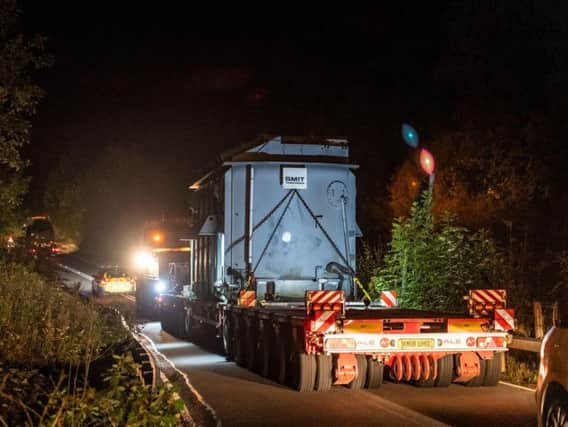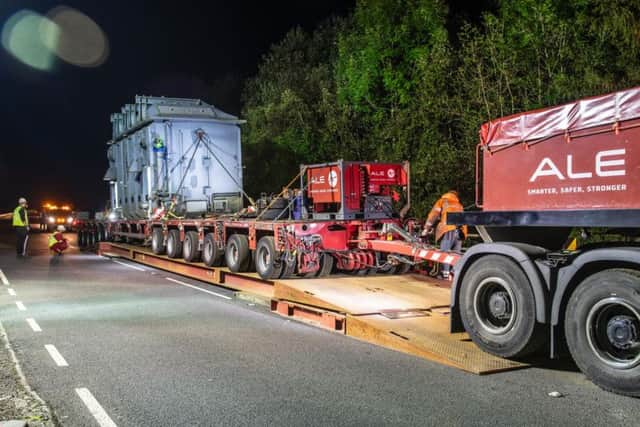Huge transformers complete 80-mile Scottish journey at 10mph


The unusually large loads, which were built for use at the “Hollow Mountain” facility but held in long-term storage at Longannet power station, were transported during the night and required the temporary reinforcement of a bridge at Inverherive.
The journey also required two short road closures on the A82 between Crianlarich and Tyndrum.
Advertisement
Hide AdAdvertisement
Hide AdNow being reassembled on site at Cruachan, the transformers were stripped back to the core to make them lighter and able to fit under bridges.


The size of the load limited driving speeds to an average of about 10 miles per hour, with units relocated in stages over two weeks. The final moves were completed on Tuesday 1 October.
The vehicles were included as part of Drax’s acquisition of the pumped storage hydro power station at the end of last year.
Ian Kinnaird, Drax head of hydro, said: “Cruachan is a vital piece of our generating portfolio as it can provide power at short notice, helping to plug the gaps when the wind doesn’t blow or the sun doesn’t shine.
“Moving this important infrastructure to Cruachan means we have a couple of spares available on site, so we’ll be able to reduce the length of time a generating unit is out of action should a transformer require repairing, enabling us to get back up and running more quickly.”